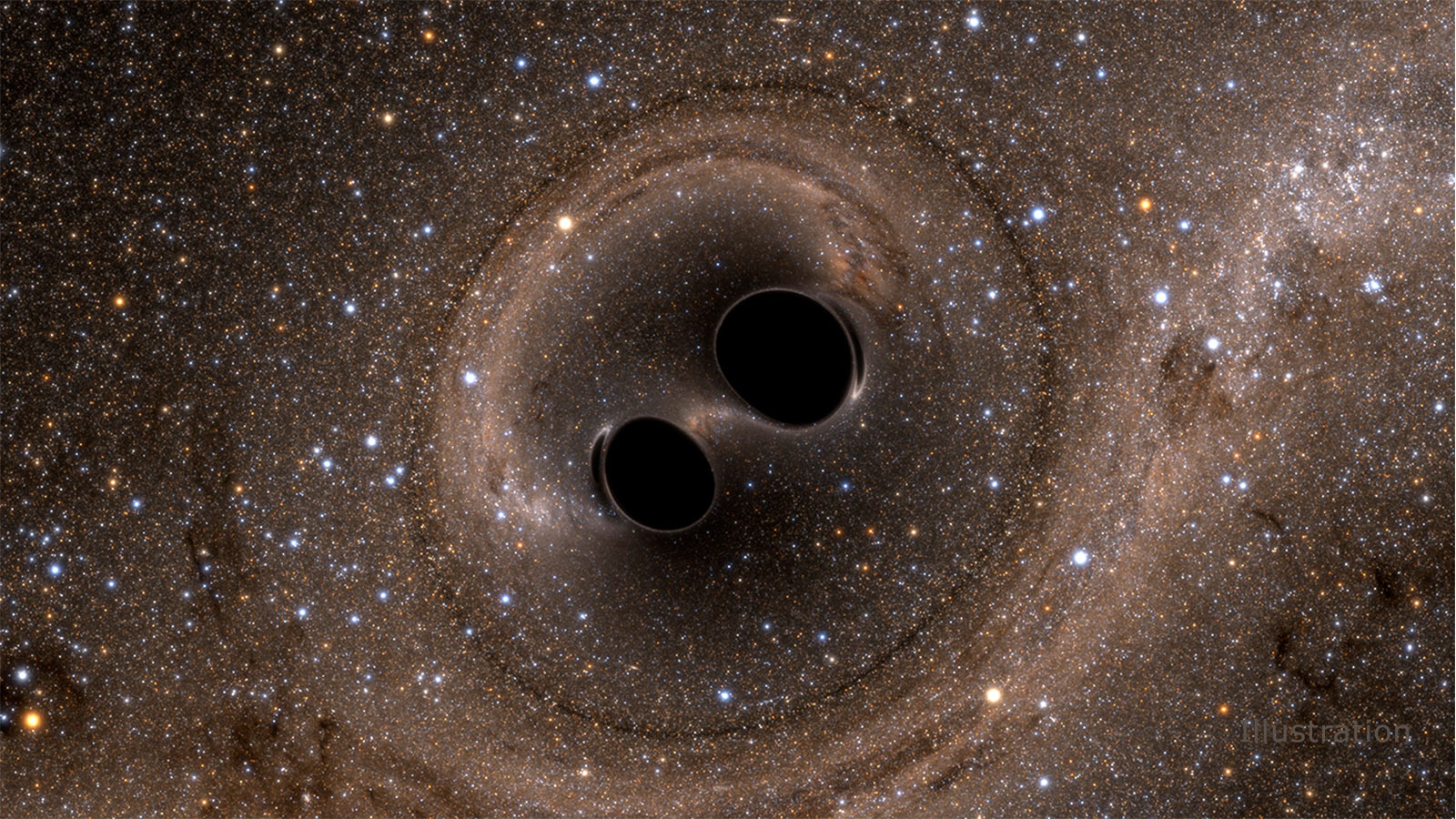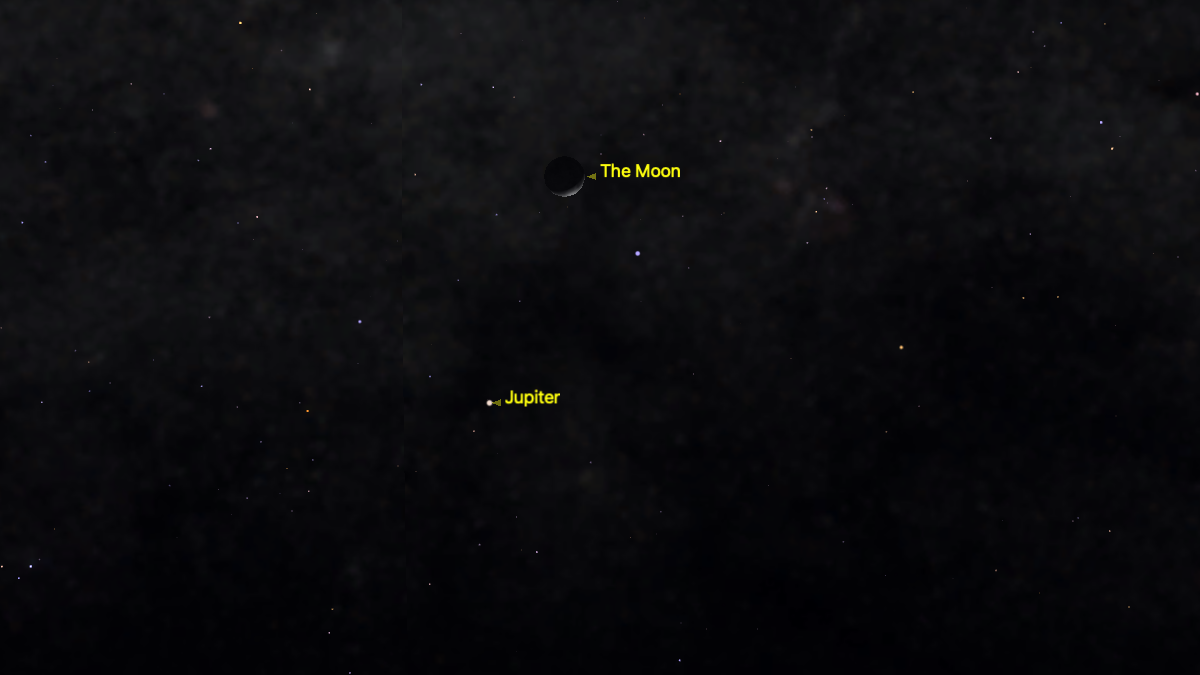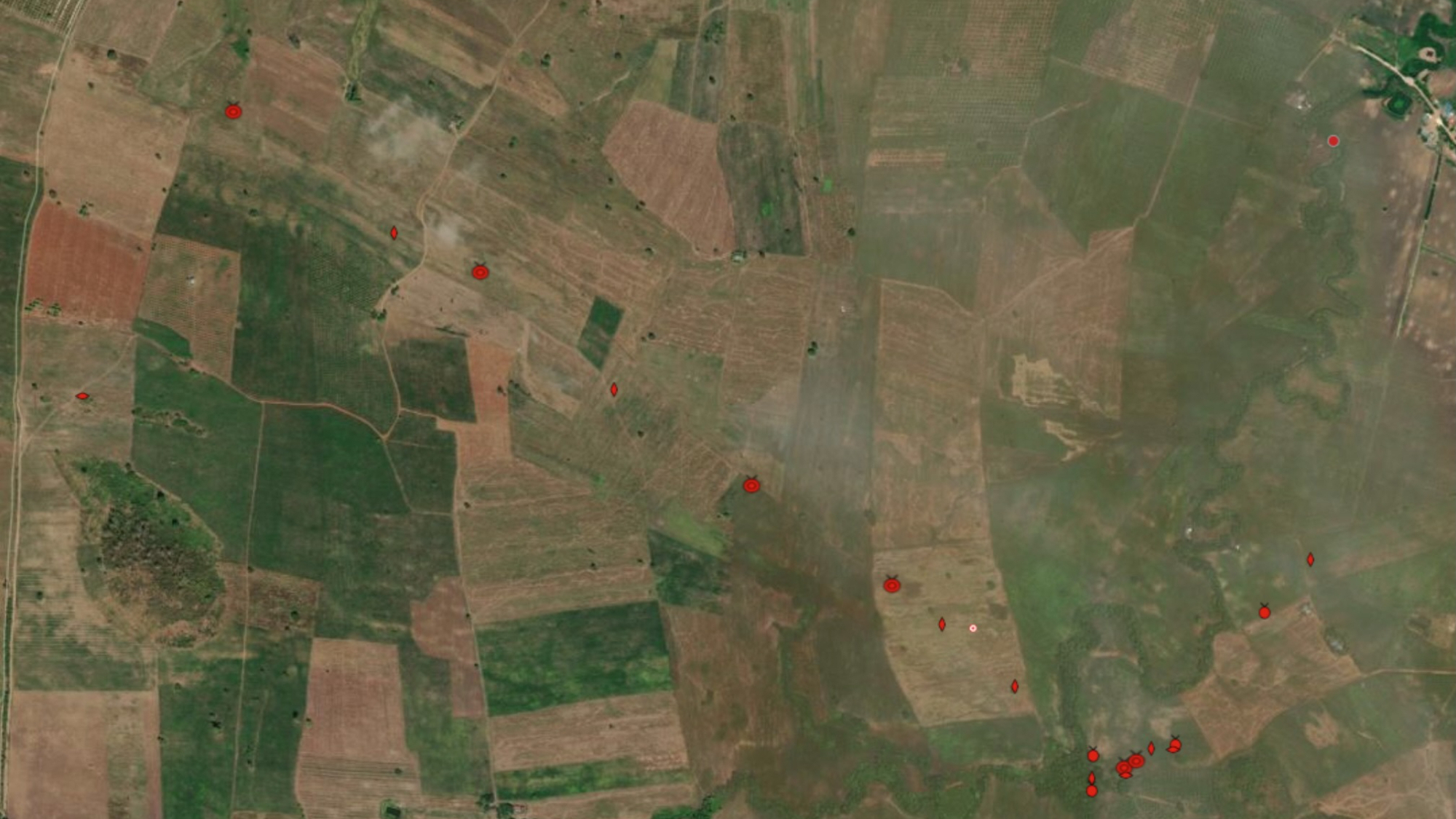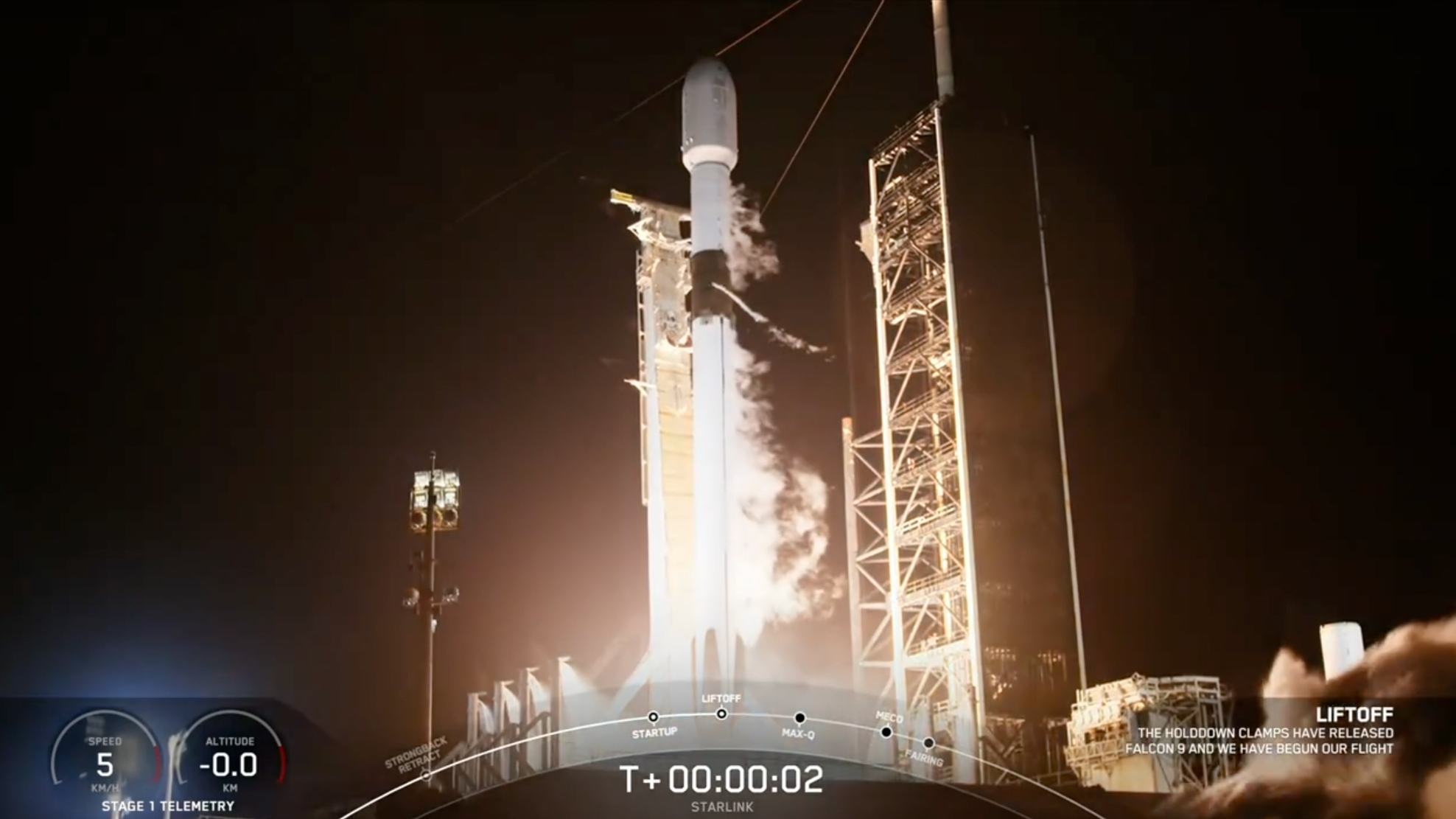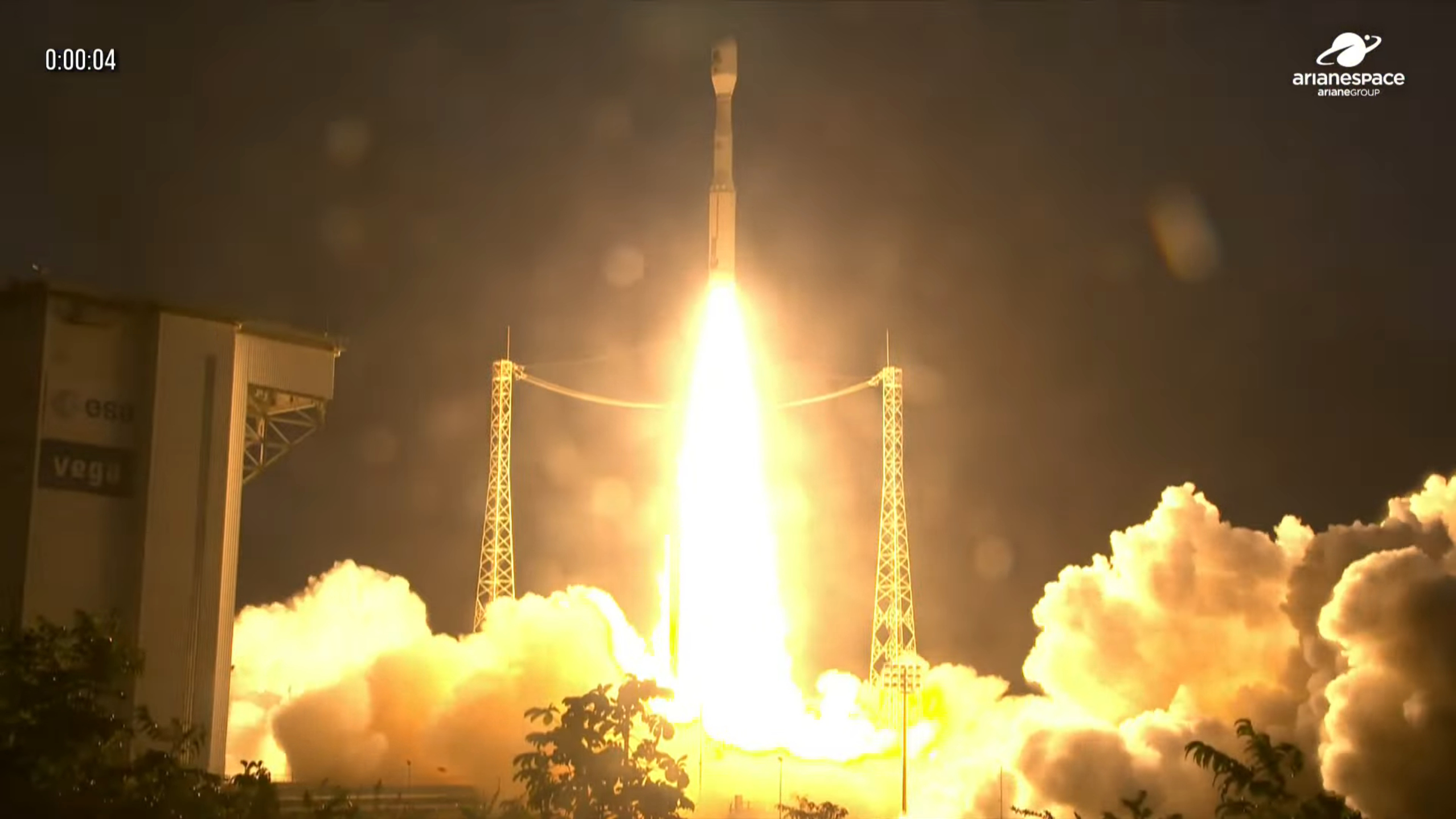See Earth from space in stunning video from China's Tiangong space station
Earth and its characteristic blue color are just mesmerizing in these camera views from China's Tiangong.
Earth mesmerizes in a new video from space, taken by cameras onboard China's Tiangong station in orbit.
Our home planet displays its characteristic blue color as China's completed Tiangong space station, adrift high above the planet, appears in the foreground. The viewer glides over Earth at a gentle pace. At moments, the station is hidden from view, and Earth appears to roll underneath, like a marbled bowling ball. Sometimes cameras pick up the shadows that clouds cast onto the watery world below, and occasionally the sun shines a soft spotlight.
The station is complete, and now continuously crewed. As of now, Tiangong consists of a core stage called Tianhe, and two experiment modules called Wentian and Mengtian. But there may be more developments to come.
Related: China launches final module to complete Tiangong space station

The new video puts Earth front and center, though China may seek to use its new orbital base to push towards a loftier destination: the moon. Earlier this month, Space.com reported on comments from Wang Xiang, space station system commander at the China Academy of Space Technology (CAST). The T-shaped Tiangong might evolve to provide more room for scientific experiments and spaceship technologies to make lunar exploration a reality, Wang told China Central Television (CCTV).
Science operations officially got underway following the Shenzhou 14 crew handover of Tiangong operations to the Shenzhou 15 astronauts, who arrived in space on Nov. 29. During the short overlap of these missions, the station's population reached six for the first time. China envisions a permanently-occupied Tiangong for at least a decade.
The month prior, China had completed its basic construction of the station. The third and final piece of Tiangong, Mengtian, launched on Oct. 31. Mengtian docked to a forward port on the station, but was moved to the portside berth during a process that involved a 90-degree turn of the module. The work was completed on Nov. 3.
Get the Space.com Newsletter
Breaking space news, the latest updates on rocket launches, skywatching events and more!
Follow Doris Elin Urrutia on Twitter @salazar_elin. Follow us on Twitter @Spacedotcom or on Facebook.
Join our Space Forums to keep talking space on the latest missions, night sky and more! And if you have a news tip, correction or comment, let us know at: community@space.com.

Doris is a science journalist and Space.com contributor. She received a B.A. in Sociology and Communications at Fordham University in New York City. Her first work was published in collaboration with London Mining Network, where her love of science writing was born. Her passion for astronomy started as a kid when she helped her sister build a model solar system in the Bronx. She got her first shot at astronomy writing as a Space.com editorial intern and continues to write about all things cosmic for the website. Doris has also written about microscopic plant life for Scientific American’s website and about whale calls for their print magazine. She has also written about ancient humans for Inverse, with stories ranging from how to recreate Pompeii’s cuisine to how to map the Polynesian expansion through genomics. She currently shares her home with two rabbits. Follow her on twitter at @salazar_elin.
